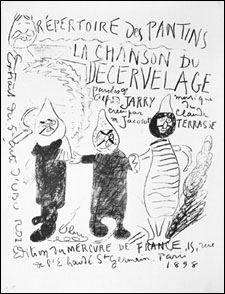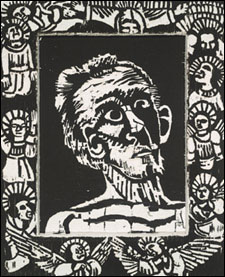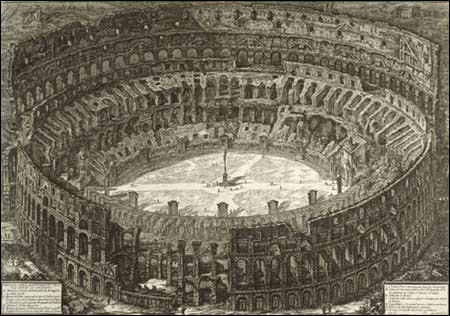Students teach the ‘language of printmaking’
Student-curated exhibit features artists from Ingres to Warhol

A new exhibition organized by students in a Harvard seminar on the history of printmaking challenges viewers to approach printmaking as a language with its own vocabulary, grammar, syntax, poetry, and prose. On view at Harvard’s Fogg Art Museum through Jan. 30, “Prints: System, Style, and Subject” includes 53 works from the Harvard University Art Museums (HUAM) collection. Although most of the works are prints, the show includes two paintings and a sculpture on loan from the artist.
The prints are organized into eight groups according to themes chosen by the students. Among the groups:
“Irony” presents contemporary prints in which artists address issues of identity, sexuality, popular culture, and politics. “Irony” is the vehicle and style of communication.
“Portraits” offers prints in which artists focus the narrative nature of the portrait on elements they wish to emphasize. Alternatives to photography’s more realistic representation, prints allow artists to exhibit more obvious elements of craftsmanship.

“Rouen Cathedral,” devoted to architectural prints, demonstrates the importance of choosing a printing method, since it usually determines the character of the finished product. Each process confers constraints and opportunities on the artist, and single lines or individual shapes often say as much about an artist’s goals as an entire work does.
“Bringing Harvard students together to organize this exhibition as an extension to their classroom learning is at the heart of what we do here,” said Thomas W. Lentz, Elizabeth and John Moors Cabot Director of HUAM. “It provides them with invaluable experiences that are hard to duplicate elsewhere, and as part of that process new scholarship and new aspects of our collections emerge. All of us benefit.”
“There is nothing better than observing the eyes and minds of students at work on our art collections, in this case, our print collection,” said Marjorie B. Cohn, Carl A. Weyerhaeuser Curator of Prints. “Their lively vision gives us all a new perspective on some of our most famous works, such as Warhol’s portrait of President Kennedy, while still discovering hidden treasures for display.”

Giving students an opportunity to organize an exhibition is in keeping with an Art Museums’ tradition that began with the pivotal “Museum Course” first given at the Fogg in 1921 by Paul Sachs, the renowned associate director. His course combined connoisseurship with practical experience in museum work, such as mounting exhibitions and participating in research. Both Sachs and director at the time, Edward W. Forbes, envisioned a university art museum as a kind of laboratory for art historians and museum professionals that would inspire the scholarship necessary for a major art museum.




